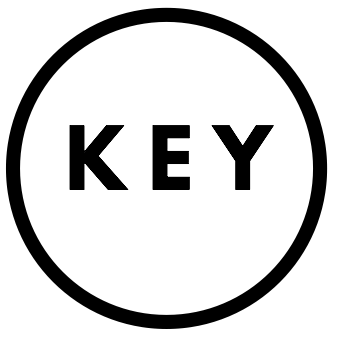Key Conservation has partnered with Conservation X Labs to connect conservationists and global supporters on the Key Conservation mobile app to the Digital Makerspace. Here both conservation organizations and their supporters can bring ideas for solving both big and small problems facing conservationists and gain the support needed to create their solutions.
The mission of Conservation X Labs is to harness exponential technologies, open innovation, and entrepreneurship to dramatically improve the efficacy, cost, speed, scale and sustainability of conservation efforts to human-induced extinction.
THEORY OF CHANGE
Conservation X Labs believes that harnessing exponential technologies, open innovation, and a for-profit entrepreneurship financial model will allow us to dramatically improve the efficacy, cost, speed, sustainability, and scale of conservation efforts. Although technology, innovation, and entrepreneurship will not alone solve the conservation problems, they can dramatically improve the rate of its success.
THEIR ASSUMPTIONS
The model is based on the premise that while most of our conservation successes have been incremental, the problems are increasing exponentially (particularly tied to population growth and billions emerging into the middle class). Conservation X Labs believe that exponential technologies and emerging science have insufficiently been harnessed and scaled to support conservation. Further, the conservation efforts lack sufficient resources to address the existing conservation challenges and that current investments have been ineffective to stop the sixth extinction event underway. They also believe that conservation has spent considerable time fighting against human behavior rather than incentivizing it to support the conservation movement. Finally, they believe that conservation as a field should engage a much greater diversity of disciplines in its work.
THEIR MODEL
-
Sourcing innovations through open innovation (prizes, challenges, hackathons, design sprints, open hardware development) and directed innovations (university partnerships, and internal R&D).
-
Rapid iteration and testing, in partnership with the conservation community.
-
Creating & partnering with acceleration platforms (both virtual and physical) to help bring new innovations to scale.
-
Creating the larger conservation 3.0 tribe to build the conservation technology & innovation community.
Learn about the Digital Makerspace at Conservation X Labs
The Digital Makerspace (DMS) is a platform where science, entrepreneurship, and technology communities come together to start projects and co-create tech-enabled solutions to conservation problems.
Our current conservation problems are growing exponentially. As the planet's population inches toward 9 billion by the year 2050, a rising middle class and increased demand for consumer goods, meat, and electricity will put even more strain on the planet's resources. Wildlife populations are steadily declining, and the extinction rate is accelerating. Scientists are calling this era the 6th major extinction event in Earth's history. Humans are at the root of many of these problems, but humans can also provide solutions. The Digital Makerspace hosts a community dedicated to collaborating on innovative new tech projects that will bring an end to human-induced extinction.
The DMS is a workshop, a collaboration space, and a project pipeline where ideas can be born, tested and developed. Community members work together to define the problems, propose solutions, and complete the tasks necessary to bring a project from a simple idea to a full-fledged product. The DMS community isn't just online: a network of partners provide opportunities for hands-on testing in the field, in laboratories, and in makerspaces across the world. Open innovation, collaboration across disciplines, and community engagement are key to generating world-changing ideas and that many minds working together can refine them and achieve big things. The goal is to support projects that are born on the Digital Makerspace and help transform them into financially sustainable, viable products that will address the drivers of extinction.


